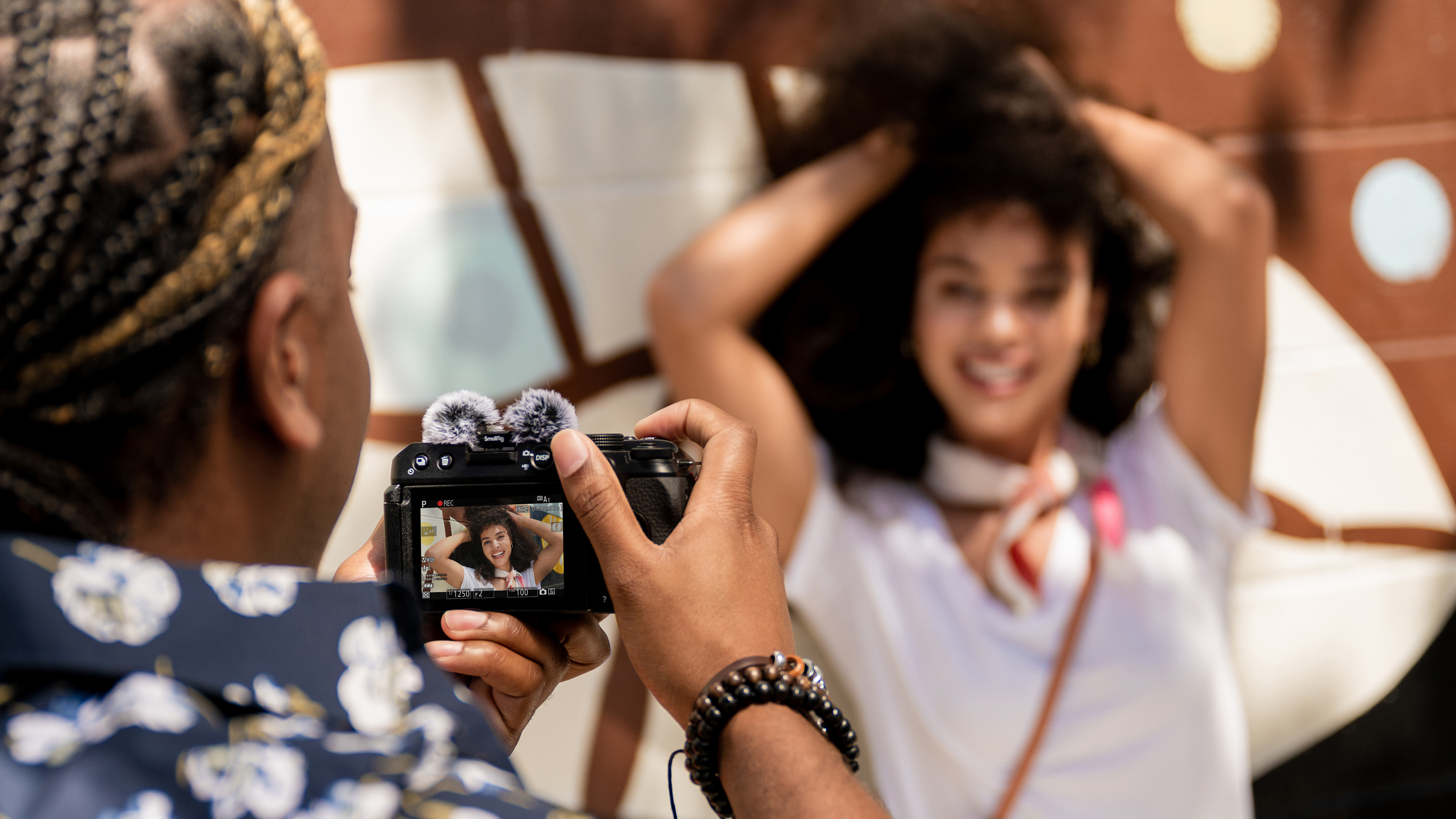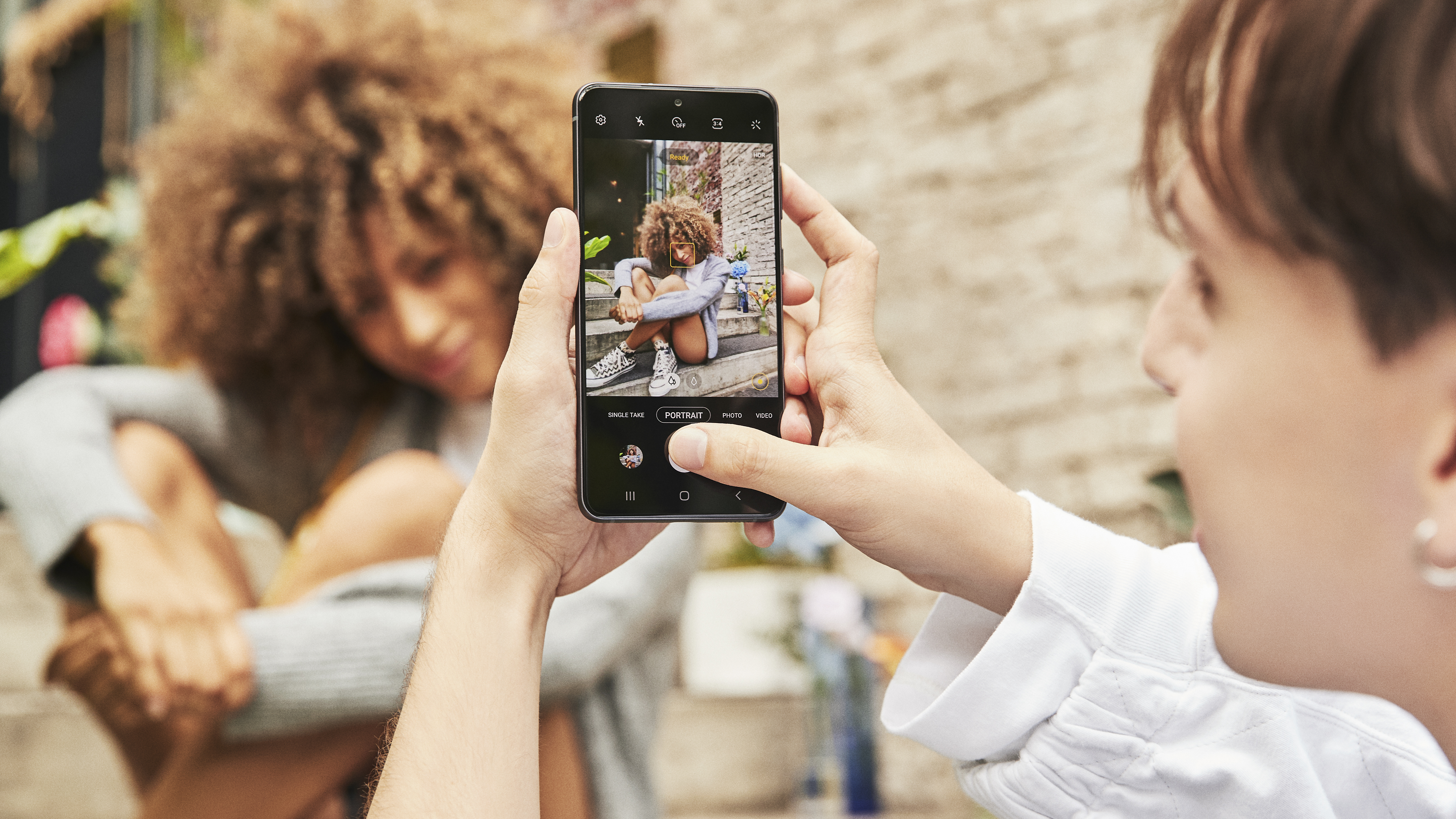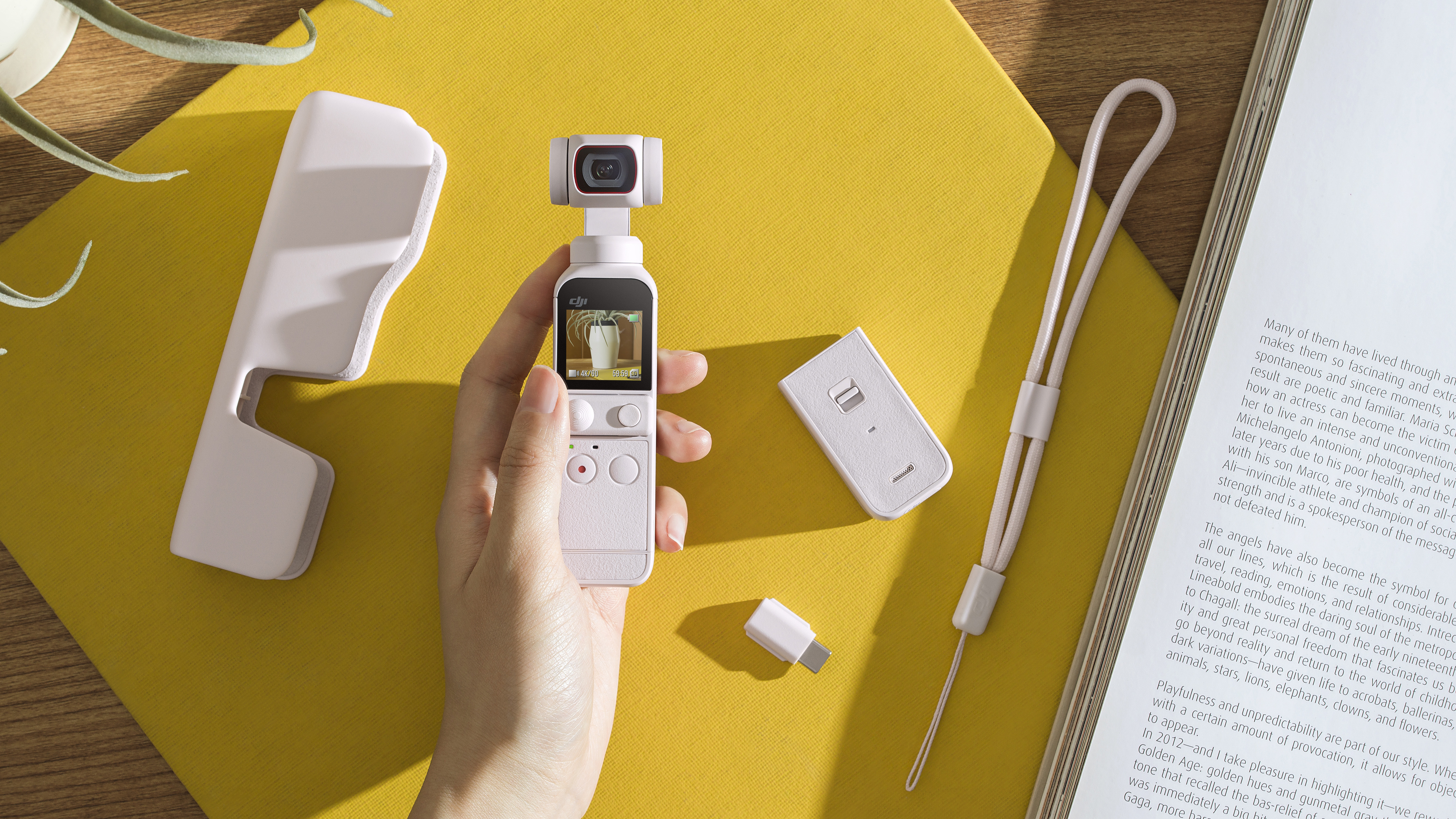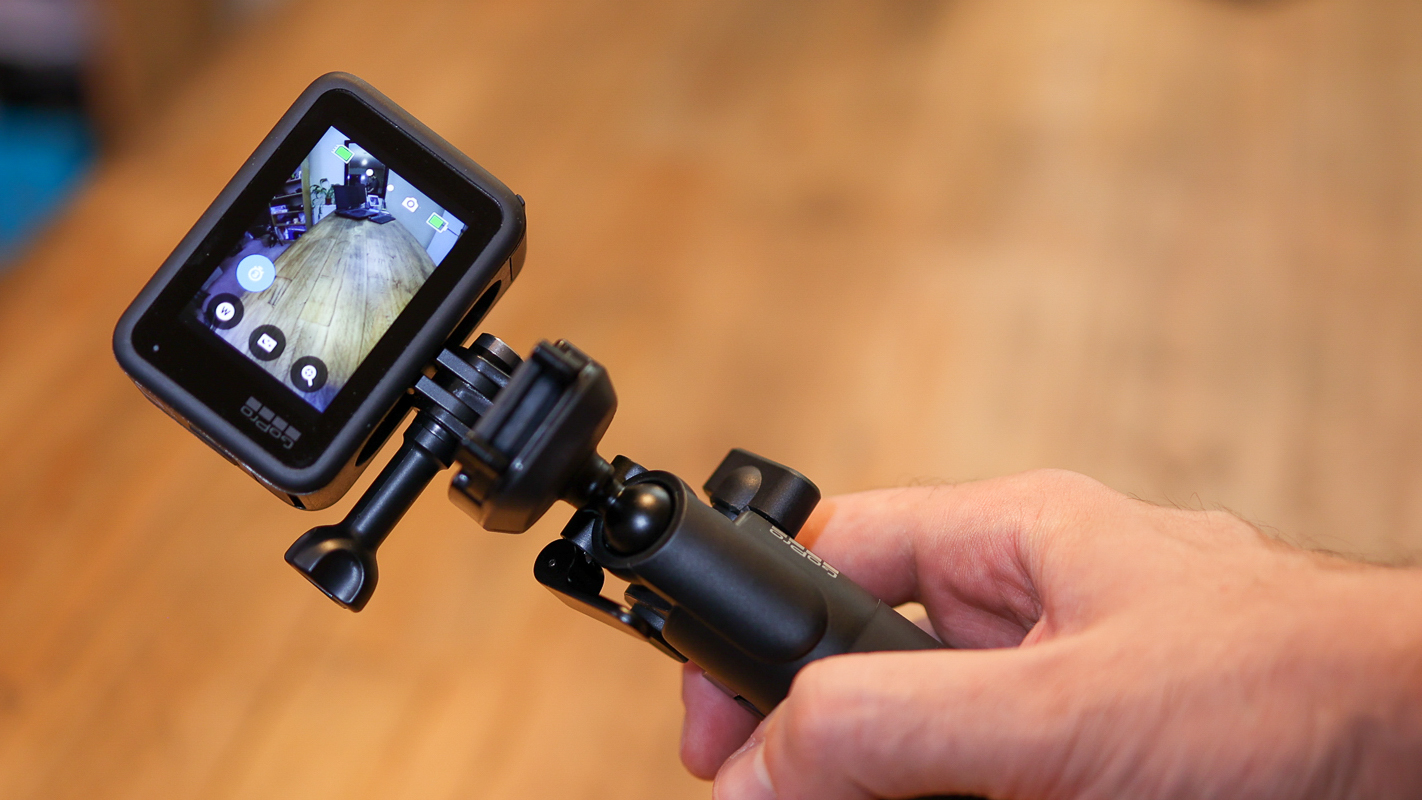The Nikon Z30 looks cool, but does the world NEED another vlogging camera?
Nikon is pitching the Z30 as a smartphone 'upgrade', but is it really, and does it do anything that's not be done before – a LOT?

On paper, the new Nikon Z30 does everything right. It singles out a growing audience of influencers and vloggers, takes its existing tried and trusted tech and makes a camera just for that audience – and even makes it cheaper than anything else in its range.
The Z30 ditches the viewfinder as a vlogging irrelevance, includes a fully vari-angle screen as a vlogging necessity and drops the price to well below that of a front-line camera phone – and it’s smartphone upgraders that Nikon is trying to attract.
But this has all been done before. Olympus’s entire PEN line was designed and sold over many years using that same principle, and Fujifilm did exactly the same with its whole X-A series. Canon too, with its EOS M mirrorless cameras. The one thing these other brands have in common is that they’ve stopped bothering (though Canon might argue).
Nikon can at least take heart from the success of the Sony ZV-E10, a reimagined and cheaper ‘vlogging’ version of its A6000-series mirrorless models – though even that is a cleverly repurposed reheat of the camera maker’s existing tech.
But never mind that – here’s my question.

Is a mirrorless camera REALLY a smartphone upgrade?
Of course it is (we hear you say). The sensor is bigger, the quality is better, there’s much more creative control and you can use interchangeable lenses.
But there are some ways in which a mirrorless camera is most definitely worse. You can’t slide a mirrorless camera into your trouser pocket, you definitely won’t have it with you all the time, and if you give it to someone else to grab a shot with, you’re going to have to explain what to do.
Get the Digital Camera World Newsletter
The best camera deals, reviews, product advice, and unmissable photography news, direct to your inbox!
Then there's the screen. The LCD on the back of a mirrorless camera is half the size of the screens smartphone users take for granted. A smartphone is perfect for both capturing and consuming images – a mirrorless camera is only fit for the first part.
Worse than that, it doesn’t matter how good Nikon makes its SnapBridge mobile app, how easily you can connect and how quickly you can transfer images – a camera phone doesn’t need any of that. With a phone you can share images with just a few taps via an always-on cellular connection.
Then there’s computational imaging. Let’s take the iPhone 13 Pro. It can shoot and stitch full-res seamless panoramas live. It has a multi-shot low light mode for amazing quality in near darkness. It shoots HDR out of the box, has regular and cinematic video modes, seriously impressive stabilization (the Z30 does not have IBIS) and a triple-lens camera array that goes wider than any native Z DX lens yet available for the Z30.
Or even filter effects. The in-camera effects of just about any mirrorless camera (I'll make an exception for Olympus's Art Filters) are pretty weak compared to a smartphone's camera apps – and there are a lot of these to choose from.
It’s a bit disingenuous of Nikon (or any other camera brand) to claim a mirrorless camera is an ‘upgrade’ from a smartphone. An upgrade in image quality and filmmaking potential perhaps, but a serious step back in other key areas that smartphone users might take for granted.
Mirrorless cameras are not better than smartphones (or other small-sensor capture devices), they are simply a different product for a different use case. They offer better image quality than smartphones at the cost of features that smartphones do far better.

What COULD Nikon have done?
Here's a couple of very simple features I like. I'm sure I could think of more.
1. I have a DJI Pocket 2 that connects to my iPhone via its Lightning port for quick and simple file transfer and live camera control without any of the faff or latency of Wi-Fi.
2. My iPhone switches to video recording if I keep the shutter button pressed.
If the Z30 or any other mirrorless camera did either of these brilliantly simple things, I’d be very happy. But they don’t.
This isn’t technically difficult. The fact that camera makers just don't innovate in the same way as action camera, 360 camera or smartphone makers is, in my humble opinion, a failure of imagination.
Mirrorless cameras vs small sensor cameras
It’s not just the things that mirrorless cameras COULD do. There are things that mirrorless cameras can’t do that smaller cameras can.
In a drawer in front of me I have an Insta360 Go 2 which folds into a charging case the size of a pebble and can clip to my jacket or cap. I’ve just finished reviewing an Insta360 ONE RS 360 that can level the horizon wherever you point the camera and lets you frame, pan and follow subjects AFTER you’ve shot the video.
The Nikon Z30 (and Sony ZV-E10, and the rest) can beat all of those for quality and lens choice (if Nikon gets around to making some more), but mirrorless cameras are beaten for size, versatility, cost (often), ease of use and sheer inventiveness by all these smaller devices. You can shoot things with a GoPro Hero10 Black you could never shoot with a mirrorless ‘upgrade’.

If you compare the stabilization of a mirrorless camera with your phone or GoPro you might get a nasty surprise. It turns out smaller sensors are easier to stabilize – and neither the Z30 nor the Sony ZV-E10 have IBIS. Even those mirrorless cameras that do have IBIS are only steady when kept pretty still. Smaller sensor video devices are way more forgiving than mirrorless cameras for action sequences, POV footage and run-and-gun shooting.
It’s easy to assume the video and stills quality that only a mirrorless camera can give you is in itself proof of their superiority, and too easy to forget that you lose a multitude of creative possibilities of the latest camera phones, action cameras, 360 cameras and wearable cameras.
This is something you have to decide for yourself, but I think that for Nikon or Sony or Canon or any other camera maker to suggest that a mirrorless camera is innately superior to any of these other devices just because of sensors and lenses, and all the while overlooking their limitations, is cheeky in the extreme.
Read more:
• Best cameras for video
• Best cameras for vlogging
• Best mirrorless cameras

Rod is an independent photography journalist and editor, and a long-standing Digital Camera World contributor, having previously worked as DCW's Group Reviews editor. Before that he has been technique editor on N-Photo, Head of Testing for the photography division and Camera Channel editor on TechRadar, as well as contributing to many other publications. He has been writing about photography technique, photo editing and digital cameras since they first appeared, and before that began his career writing about film photography. He has used and reviewed practically every interchangeable lens camera launched in the past 20 years, from entry-level DSLRs to medium format cameras, together with lenses, tripods, gimbals, light meters, camera bags and more. Rod has his own camera gear blog at fotovolo.com but also writes about photo-editing applications and techniques at lifeafterphotoshop.com
